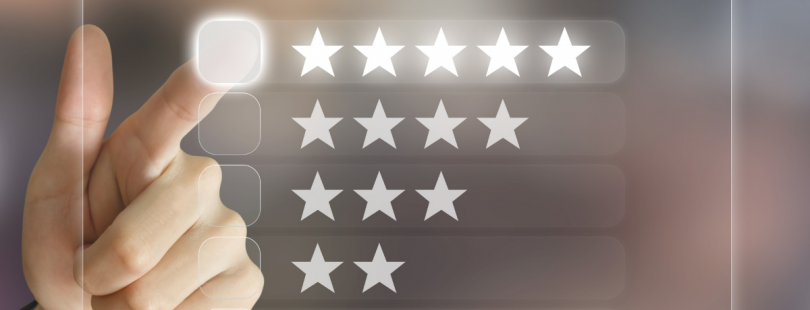Congratulations—your client’s website has made its first sale. But, they’ll probably want to make another one pretty soon. How can you help them with that? It all comes down to a little customer TLC.
The post purchase email sequence nurtures customers after their first purchase, guiding them gently to the next one. And it only takes a three-email sequence to do it. With email marketing platforms like ConstantContact, MailChimp, and Active Campaign, you can fully automate and personalize these emails to every customer, so you’ll only need to write them once.
Here’s your guide to the typical three-chain post-purchase sequence.
Email #1
Send your customer an automated follow-up email the minute that they hit the “purchase button on your website. This email should be full of positivity and “family bonding”. Thank them for ordering from you, build your email template to include suggestions for similar products (Shopify plugins for most email marketing platforms make this very easy to do) but don’t go too heavily salesy right after they’ve bought something. Save that for later.
Make this the time to pitch your club/newsletter/or whatever system you have for retaining customers. Lead off with something like:
“We want you to receive the full [company name] experience. Enter your email below so we can make you part of [your newsletter], where you’ll receive new product info, exclusive deals, and [whatever else you want to offer].”
Email #2
After about 10-14 days, send a follow-up email. It’s likely that the product will be in your customers’ hands by then, but if it’s not, give them an outlet in this email to get in touch with you.
This is where you’ll want to ask them how they’re enjoying the product and solicit a review. You always take every opportunity to generate content from your customers.
Reiterate the similar products that you showed them in the first email, but don’t be afraid to highlight them a little more. Obviously, you don’t know what products are going to get highlighted, since you’ll have no way of knowing what the customer bought, so say something like: “Make [X] your go-to brand for all things [X]. We pride ourselves on the quality of our products. Here are some that we think would go well with your order.”
And again, pitch your newsletter. You really want to highlight the exclusivity and the value customers will get when they become part of your email list.
Email #3
Now is the time to make your next sale.
If the customer didn’t buy anything after the second email, go in for the kill. Highlight similar products and some sparkling product reviews, but this time dangle an additional carrot in front of them: a discount.
Nothing huge is necessary, but give them something they’ll at least have to consider. Free shipping or 15% off their next order is never a bad way to go if you can get your client to agree to it.
Don’t be afraid to be a little abrasive and forward in the tone of this last email. You want to make sales and a lot of people can be, for lack of a better term, bullied or coerced into buying a follow-up product, even if they don’t necessarily need one.
Read More














